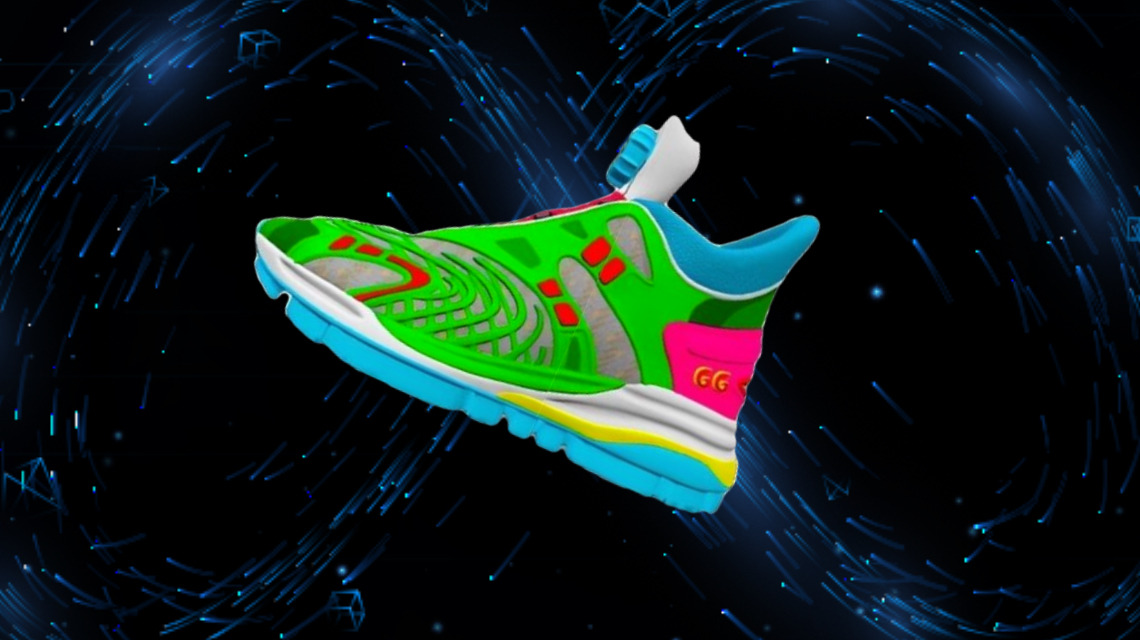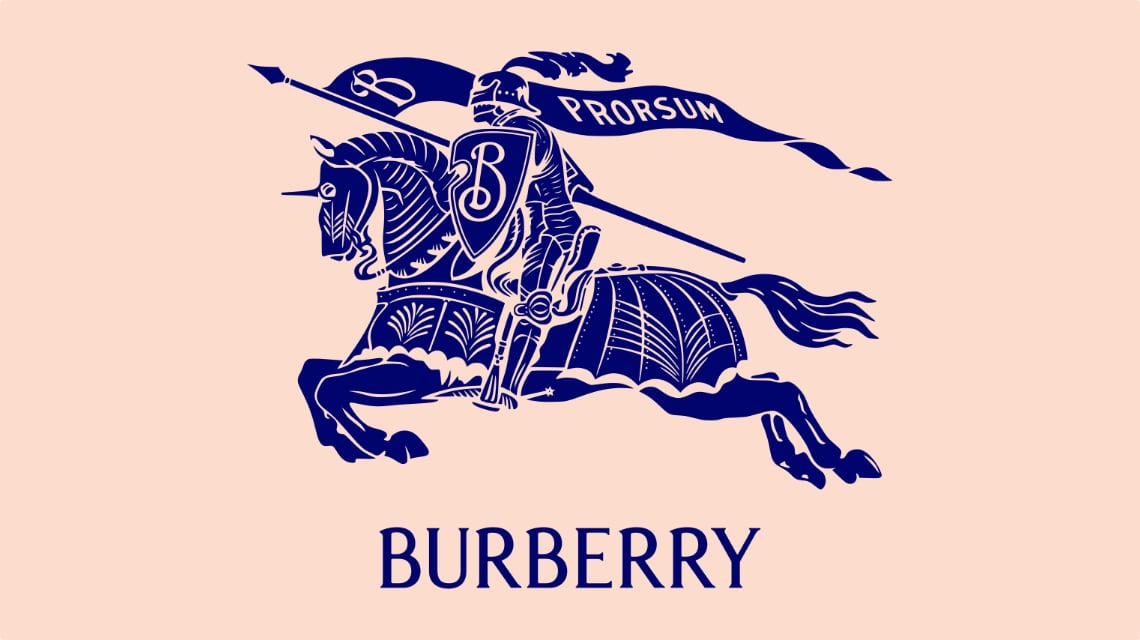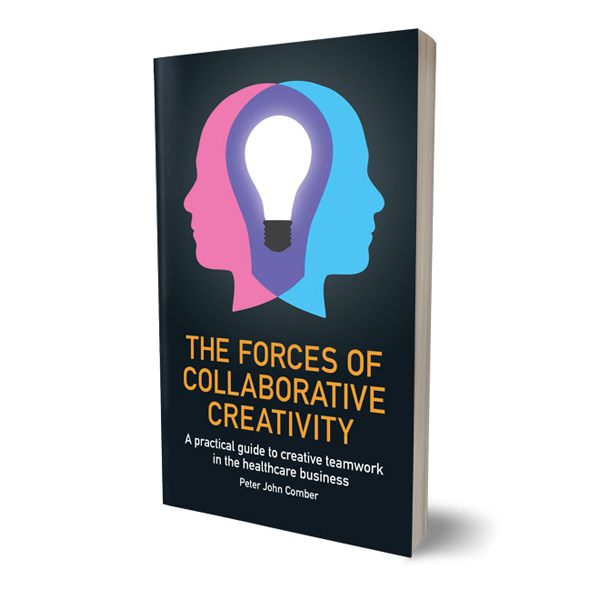Direct-to-Avatar.
What avatars and brands might get up to in the metaverse.
If the metaverse realises its potential, there will be a dazzling variety of opportunities for brands to promote and sell products. If you are firmly centred in the real world all this might be baffling. So as an introduction to digital identities here is the viewpoint of Sam Kieme, Social Strategy Manager, Dentsu Canada: “We’re in a world where your digital and real-life blends together to create this unique form of identity. And for many today, particularly my generation, Gen Z, when you’re detached from your digital identity, you feel half a person… For a lot of younger people, they found their true identity in the digital world to the extent that sometimes I don't know where a ‘real’ person starts and where a ‘digital’ person ends. Identity is fluid because people get caught up across different worlds. You boot up a random game and become a completely different person. For example, I'm a big fantasy football player, but I close the window and next up I'm a huge anime nerd. Being so fast and fluid makes it interesting, creates some really fascinating people, and is developing the most multifaceted generation ever.”
For millions of people like Sam, many aspects of the metaverse are already real and indispensable aspects of their lives. As I wrote in the previous Pica, early adopters already buy digital stuff from brands to enhance their virtual lives. The image above is of the Gucci virtual 25 sneakers; you can buy them now for 12.90 euro in the Gucci Sneaker Garage on the Gucci app. But as virtual goods markets mature, will avatars buy things? Is digital ownership always desirable, or will pay-for-use be predominant? Will brands prefer to sell or rent, and if they sell will a virtual object incorporate programmed obsolescence or, the opposite, infinite updates?
According to Mark Zuckerberg, the metaverse means transitioning away from consuming stuff to being right in the middle of it. So, maybe the metaverse will create a new professional category of ‘sneaker breeder’. If Nike or Adidas were to embrace avatar-collaborations and revenue sharing—NFTs can be contracts that allow automatic payments to multiple parties—they could create sneaker farms (or labs or any metaphor you like), where the line between choosers and creators dissolves. And yes, ‘choosers’. With a nod of the head to my friend Matthew Willcox, who prefers the term choosers to consumers in the real world, I propose that in the metaverse avatars don’t consume, they choose.
Participation will be central to the metaverse so ‘being there’ might mean interacting with an influencer instead of passively watching their video. Subsequently, brands might find opportunities in metaverse event access: from simply selling a virtual ticket to a show or a specific virtual object that allows access to a certain event or space. That special hat you need to access a club? Maybe you can’t buy it online, you can only obtain it by buying the physical hat in the real world.
What does your avatar wear with that hat? Avatar fashion will be fast fashion; without the need to produce and distribute physical garments the fashion cycle can hit warp speed. This might usher in the idea of FaaS (Fashion as a Service). Just buy a Dior subscription and every day your clothing options get updated with the latest styles - imagine a creative director producing a mini look-book and algorithms tailoring the style to each avatar based on their preference data. Faithful choosers will also get access to exclusive accessories that signal that your avatar is always on point. Expect secondary market trading on exclusive items and brands might opt for non-transferable NFTs to prevent this.
Just because an item is virtual, that doesn’t mean it can’t be functional. Think e-sports and the opportunity for brands to offer virtual cars for sale or hire to participate in races; spending more for a top of the line Tesla might make you go faster. Maybe at a dance marathon, you will buy a can of Red Bull allowing your avatar to keep going while your real body has a pee and makes some tea.
Sometimes an NFT could be socially valuable after an event, as proof of participation; maybe a cute balloon will follow your avatar around, signalling that you saw a show by a certain K-pop band.
How avatars look and where they go will be important but what about personal spaces? Somewhere to invite friends, a place to display your NFT art and other virtual possessions. Brands will sell or rent specially designed metaverse homes and the things inside them. Will favourite items be copies of objects in the real world or will the elimination of practical constraints mean avatars prefer entirely new designs? Will some metaverse objects be proof of purchase of an item in the real world? The theme of shifting from being observers and consumers to being creators (look at Roblox) and choosers will potentially modify the boundaries between brands and avatars. Maybe in the metaverse, Ikea won’t sell off-the-shelf designs, rather it will supply kits allowing your avatar to make a completely original creation (which will fall apart after 30 days).
Brands will design and decorate our avatars and using multiple avatars could be the metaverse norm. Our ability to change our physical bodies is limited; instead, we choose clothes and accessories, sometimes multiple times a day, to curate the appearance of our bodies for different moods and occasions. The option of what represents us in the metaverse is limitless, so why just change clothes? With a library of avatars, we could choose to be a lion in the morning and Harry Potter in the afternoon. This opens a whole avenue of speculation and questions. Will Verisign authenticate that a chosen avatar represents our true identity? Will bot-avatars be obliged to overtly identify themselves? Will insurance companies protect celebrity avatars from impersonation? If avatar anonymity is an option in the metaverse will certain brands embrace it? If there’s money to be made, these are all rhetorical questions. Obviously.





